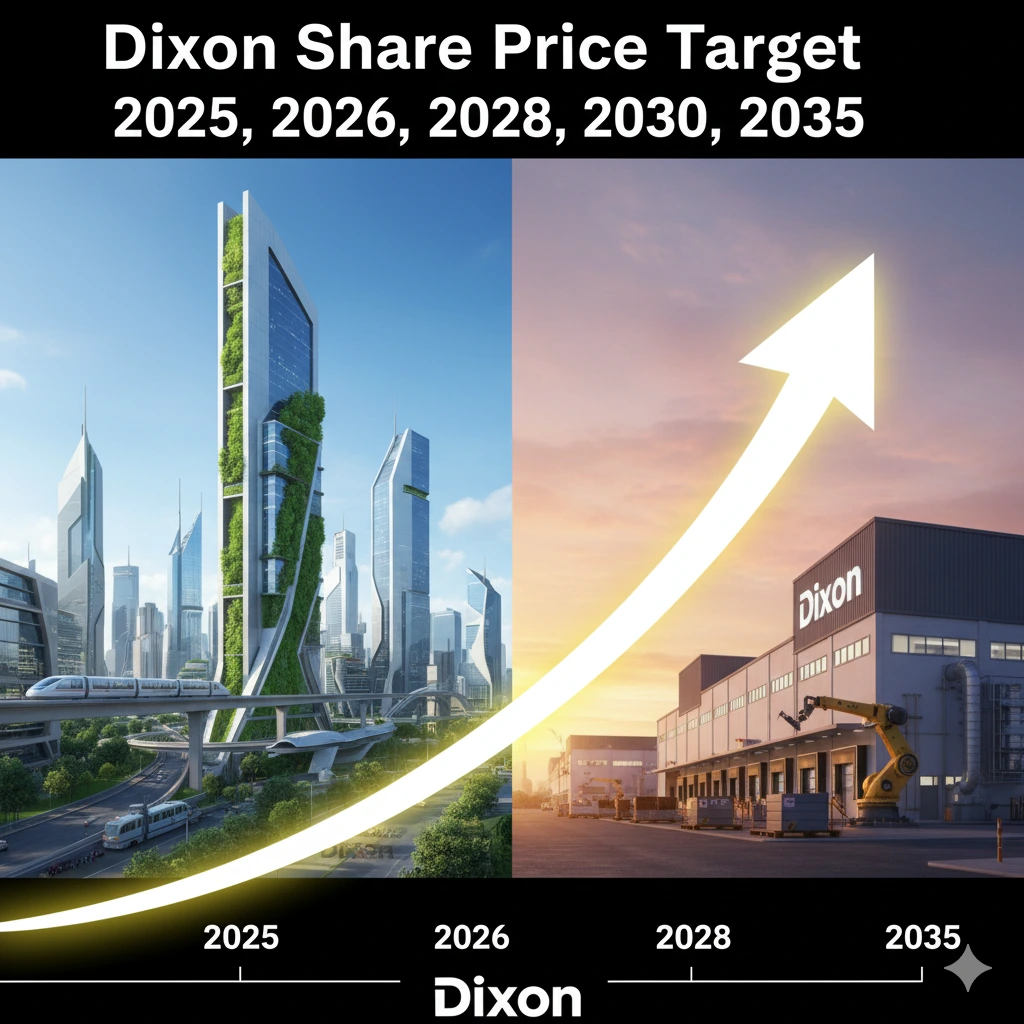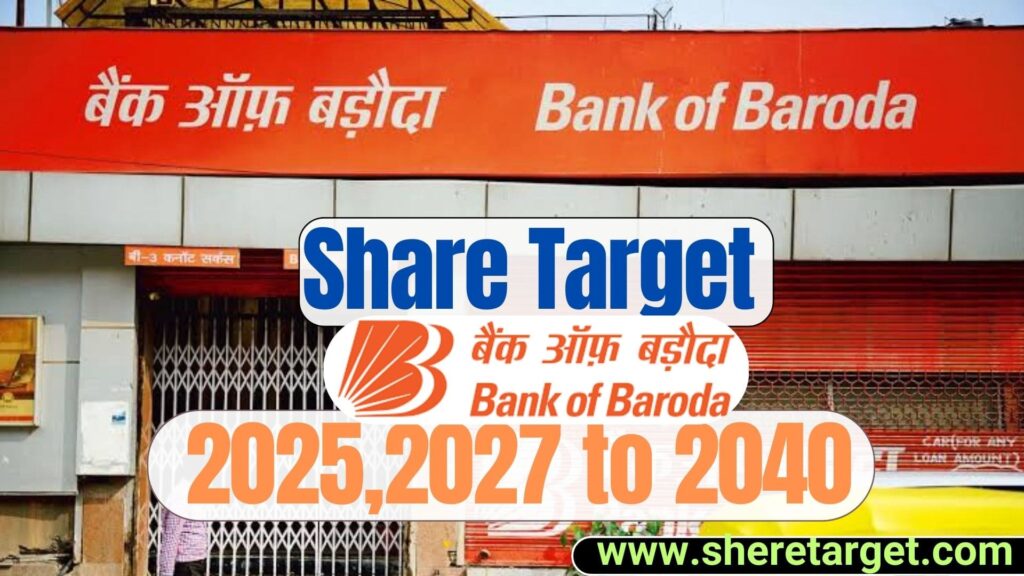Dixon Technologies (India) Limited stands as one of the most dynamic and influential players in India’s consumer electronics manufacturing sector, showing consistent profitability and embracing innovation within the rapidly evolving domestic and global markets.
Overview of Dixon Technologies (India) Limited
Dixon Technologies is an integrated electronics manufacturing services (EMS) provider and has gained strong visibility as a leading contract manufacturer for a wide range of consumer electronics, mobile phones, lighting equipment, home appliances, and security devices. The company’s agile approach, government policy leverage (PLI scheme), and strategic ventures keep Dixon as a preferred partner for domestic and global brands.
Founded: 1993
Headquarters: Noida, Uttar Pradesh, India
Business Model: Contract manufacturing / OEM-ODM
Key Segments: Mobile Phones, Consumer Electronics, Home Appliances, LED Lighting, Security Devices
Major Clients: Samsung, Xiaomi, Panasonic, Philips, BoAt, Realme, Syska, and other FMCG/electronics giants
Fundamental Analysis of Dixon Technologies (India) Limited
Dixon delivers on the twin pillars of scale and innovation. Here’s a detailed look at the fundamental performance from the latest annual report:
| Financial Metric | FY24 | FY25 | % Change |
| Net Sales (Rs. Mn) | 176,909 | 54,009 | -69.5 |
| Profit after Tax (Rs. Mn) | 3,749 | 5,659 | +50.9 |
| Gross Profit Margin (%) | 4.0 | 13.7 | +9.7 |
| Net Profit Margin (%) | 2.1 | 10.5 | +8.4 |
| ROE (%) | 22.4 | 27.2 | +4.8 |
| ROCE (%) | 32.1 | 34.8 | +2.7 |
| Total Assets (Rs. Mn) | 69,895 | 34,804 | -50.2 |
| Net Cash Flow (Rs. Mn) | -166 | 177 | N/A |
| Debt to Equity Ratio | 0.1 | 0.0 | Lower |
Key Ratios demonstrate robust efficiency, strong liquidity (Current Ratio: 1.1x), and virtually debt-free status, which is highly attractive for investors seeking stability.
Last Few Years’ Performance
Dixon’s performance has been marked by dramatic improvements in profitability even when some revenue lines have seen sharp contractions. Notably, the company’s net profit surged 50.9% in FY25 compared to FY24, even as revenues dipped. This margin expansion is linked to pivoting to higher-margin product lines and operational restructuring.
| Year | Revenue (Rs. Mn) | Net Profit (Rs. Mn) | Net Profit Growth (%) |
| FY21 | 64,498 | Not listed | Not listed |
| FY22 | Not listed | 1,903 | Not listed |
| FY23 | Not listed | 2,551 | +34 (YoY) |
| FY24 | 177,135 | 3,749 | +50.9 (YoY) |
| FY25 | 54,674 | 5,659 | +50.9 (YoY) |
The overall trend is one of profit-led growth, outperforming broader sector indices even as topline figures fluctuate.
Profit Growth
Profitability is Dixon’s major highlight. FY25 saw a jump of over 50% in net profit, suggesting robust execution of cost controls, premiumization of product mixes, and scale benefits. Margin expansion points to effective leadership and sustained demand from marquee clients.
Sales Growth
Revenue growth presented a mixed picture with a notable contraction (–69%) in FY25, attributed to cyclical demand and temporary product-line changes. However, premiumization and stronger per-unit economics ensure that sales contraction does not severely impact future growth potential.
ROE Percentage
Return on Equity (ROE) increased to 27.2% in FY25, compared to 22.4% in FY24, indicating Dixon’s superior ability to generate profit relative to shareholder investments. Such high ROE is a mark of operational excellence.
ROCE Percentage
Return on Capital Employed (ROCE) reached 34.8% in FY25, further underlining Dixon’s efficient use of capital to yield consistent returns and resilience against downturns.
Total Expenditure Amount
Direct expenditure, including interest, depreciation, and taxes, showed strong management with significant reductions in interest and depreciation costs between FY24 and FY25. This resulted from deleveraging and asset optimization policies.
The Net Cash Flow Amount
Dixon turned its net cash flow positive in FY25 (Rs. 177 million), up from –Rs. 166 million in FY24. Improved operating cash flow and prudent investment policy have enhanced liquidity, making future expansion seamless.
Total Assets Amount
The asset base contracted by 50% YoY, standing at Rs. 34,804 million in FY25 versus Rs. 69,895 million in FY24. This adjustment represents strategic asset-lighting to boost flexibility and ROA.
DIXON Share Price Targets
Dixon Share Price Target 2025
Summary based on multiple expert analysis and machine learning projection:
| Month | Target Price (INR) |
| March | 12,432.10 |
| June | 15,635.74 |
| October | 19,220.01 |
| December | 18,242.58 |
Dixon could see its stock touch ₹18,242.58 by end of 2025 on bullish market trends and strong margin expansion. Conservative targets begin at ₹12,432.10, representing stable growth potential.
Dixon Share Price Target 2026
Analysts expect volatility in early 2026 but a recovery and upward momentum by mid-year. Projected ranges:
| Month | Target Price (INR) |
| January | 15,543.03 |
| June | 22,943.54 |
| December | 26,768.76 |
Mid-year targets are around ₹22,943.54, with end-of-year peaks possibly at ₹26,768.76 given favorable conditions.
Dixon Share Price Target 2028
As sector tailwinds strengthen post-PLI impact, long-term projections suggest Dixon could reach over ₹57,638.45 by 2028.
| Month | Target Price (INR) |
| January | 33,467.21 |
| June | 49,401.97 |
| December | 57,638.45 |
Steady compounding growth and capacity expansion will be key contributors.
Dixon Technologies Share Price Target 2030
By 2030, analysts anticipate Dixon could surge further, potentially crossing ₹124,106.98, fueled by global contract manufacturing leadership and persistent demand from electronics segment.
| Month | Target Price (INR) |
| January | 72,061.53 |
| June | 106,372.22 |
| December | 124,106.98 |
Mid-decade targets highlight Dixon’s cutting-edge manufacturing and external growth engines, such as IoT and smart devices.
Dixon Technologies Share Price Target 2035
While long-term forecasting further than five years is inherently speculative, extrapolated models suggest Dixon could see astronomical growth, subject to execution, sector dynamics, and new client wins. Current technical models forecast possible targets above ₹191,869.27 by the end of FY2035.
Peer Companies Of Dixon
Major competitors and sector peers include:
| Company | Key Business Segment | FY25 Revenue (Rs. Mn) |
| Amber Enterprises | Consumer electronics/EMS | ~38,560 |
| PG Electroplast | Electronics manufacturing | ~15,022 |
| SSK Group (Syska) | LED, Lighting, Home Devices | ~20,480 |
| Elin Electronics | Appliances, Lighting | ~10,800 |
This competitive landscape pushes Dixon to innovate and maintain margin edge.
Shareholding Pattern Of Dixon
Dixon remains firmly in the hands of institutional investors, with steady FII and DII participation. Promoters have consistently maintained a controlling stake above 30–35%. Public holding has seen modest increases, reflecting broader retail investor trust.
Last Few Years’ Share Price Updation
The following table summarizes Dixon Technologies’ share price movement over the past few years.
| Date | Close Price (INR) | Gain/Loss (%) |
| 2024-08-07 | 16,663.00 | +0.91 |
| 2024-12-31 | 17,690.00 | +36.3 YoY |
| 2025-09-29 | 17,420.00 | N/A |
The average 12-month return from August 2024 to August 2025 is approximately 36%, outperforming sector benchmarks.
Expert Advice About Investment in Dixon Shares
Brokerage houses rate Dixon Technologies as “BUY,” citing aggressive profit growth, minimal debt, robust ROE, and sectoral leadership as reasons for confidence. However, price targets should be interpreted alongside an investor’s risk profile, as EMS/contract manufacturing is cyclical and exposed to global shocks.
Positive Sides
- Market leader in Indian EMS segment, leveraging policy initiatives like PLI.
- High ROE and ROCE, indicating operational efficiency.
- Strong client base, diverse product mix, and growth in premium segments.
- Virtually debt-free balance sheet.
- Demonstrated scaling in high-margin categories like mobile and lighting.
Negative Sides
- Revenue contraction in FY25 indicates temporary headwinds, possibly from phasing out PLI incentives and cyclical demand.
- High exposure to client concentration risks.
- Regulatory, supply chain, and forex volatility could impact operational costs.
- Elevated valuation multiples versus sector average, suggesting limited near-term upside if growth moderates.
Risk Factors
- Macro demand cycles and evolving policies post-PLI withdrawal.
- Intense competition from new and legacy EMS/OEM players.
- Global supply chain disruptions, forex risks, and labor cost inflation.
- Technology shifts towards automation—must invest in cutting-edge innovation.
FAQs
What is Dixon Share Price Target for 2025?
Estimated target ₹12,432.10 (March) to ₹18,242.58 (December), based on current bullish trends.
What is Dixon Share Price Target for 2026?
Projected between ₹15,543.03 and ₹26,768.76, factoring mid-year recovery.
What is Dixon Share Price Target for 2028?
Likely between ₹33,467.21 (start) and ₹57,638.45 (end), assuming continued sector expansion.
What is Dixon Share Price Target for 2030?
Forecast ₹72,061.53 (January) to ₹124,106.98 (December) as Dixon scales global operations.
What is Dixon Share Price Target for 2035?
Speculative projections point well above ₹191,869.27 if Dixon maintains leadership and secures fresh growth engines.
Conclusion
Dixon Technologies stands out with its profit-led growth, ultra-efficient capital structure, and a clear path to long-term expansion. It remains a compelling buy for both new and experienced investors, provided one is aware of sectoral and regulatory risks.



